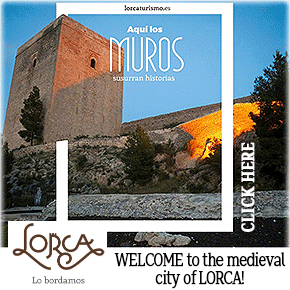article_detail
Date Published: 31/07/2025
Do you need a native Spanish translator? Yes, and here's why
There is a very good reason why automated translations will not supplant human translators

In today’s globalised market, translation is no longer just about replacing words from one language to another. It’s about preserving meaning, tone and cultural nuance. Nowhere is this more evident than in Spanish translation, where dialects, regional expressions and formalities vary drastically across countries and continents.
If you’re translating Spanish content – whether into English or from English to Spanish – the most important decision you can make is choosing a native speaker as your translator. This one factor can determine whether your message resonates or completely misses the mark.
Let’s take a closer look at why native Spanish translators aren’t just helpful... they’re essential.
Spanish is not one language
Although Spanish is spoken in more than 20 countries, it’s far from uniform. Variations exist in grammar, vocabulary, pronunciation and even politeness levels. For example, ‘computadora’ is common in Latin America, while ‘ordenador’ is used in Spain. The word ‘vosotros’ is rarely used outside of Spain, and verb forms differ across regions.
A native Spanish translator understands these subtleties instinctively. They know which expressions sound natural, which words could cause confusion, and which terms are too informal or culturally inappropriate. This depth of linguistic and cultural knowledge cannot be replaced by automated tools or non-native translators.
Tone, style and context matter
When translating marketing materials, legal documents or medical information, accuracy alone is not enough. The tone and style must align with the intent of the original message and the expectations of the target audience. This requires not just language skills, but cultural intuition.
A native Spanish translator can adapt your content for different regions, making sure it feels authentic and trustworthy. Whether you need a warm, casual tone for a lifestyle blog or a formal, technical tone for legal documents, native speakers deliver text that reads like it was originally written in the target language.
Machine translation can’t read between the lines
Tools like Google Translate are useful for basic phrases, but they often misinterpret idioms, colloquialisms or emotionally loaded phrases. In some cases, this leads to translations that are awkward or even offensive. Native translators, however, are equipped to navigate such nuances and produce content that feels human... because it is!
This becomes especially important when working on branding, product messaging or legal agreements. A single mistranslation in a contract can have legal consequences; an awkward slogan can hurt brand credibility. These risks are easily avoided by working with professionals who have the cultural awareness to know better.
Native translators catch the unspoken
One of the most valuable assets a native speaker brings to the table is the ability to spot errors or ambiguities in the source text. They not only translate but also flag inconsistencies, cultural mismatches or unclear references. This proactive approach strengthens the overall quality of your final document.
They can also recommend localisation changes, for example, adapting currency, date formats, measurements and imagery to suit the preferences of the target audience. This is especially useful in marketing, software UI/UX and customer support materials.
Why bilingual isn’t always enough
It’s a common misconception that someone who is fluent in two languages is automatically a good translator. While bilingual individuals can speak and understand both languages, that doesn’t guarantee they understand professional writing standards, industry terminology or the expectations of a native-speaking audience.
A trained native Spanish translator doesn’t just understand Spanish, they live it. They have an intuitive feel for rhythm, idiom and tone. And they’ve often received formal training in translation, editing or a subject-matter field like law, medicine or engineering.
Invest in native expertise
Working with native translators is not a luxury, it’s a necessity for anyone who values clarity, professionalism and cultural relevance. Poor translation isn’t just embarrassing; it can lead to lost sales, compliance issues or even reputational damage.
Whether you’re localising a website, submitting official documents or marketing to a Spanish-speaking audience, don’t take shortcuts. Native Spanish translators offer a level of insight, accuracy and nuance that no machine or non-native speaker can replicate.
For professional, accurate and culturally adapted translations from Spanish to English, trust those who understand both languages from the inside out, because effective communication is more than just words.
Contact Spanish News Today: Editorial 966 260 896 /
Office 968 018 268




















